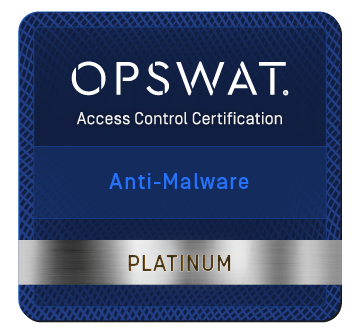You are on United States website. Change region to view location-specific content:
Global
English
Select another region
Choose region and language
- Americas
- Asia-Pacific
- Europe, Middle East and Africa
- Worldwide







Your sensitive data is at risk every day. Advanced cyberthreats, hardware failure, and even simple human error can have devastating effects on your business. If you hope to secure the data you depend on, you need more than a traditional backup solution — you need the integrated cyber protection of Acronis Cyber Protect.
Protect your data from any threats with a single application backup solution
Looking for help?
Sorry, your browser is not supported.
It seems that our new website is incompatible with your current browser's version. Don’t worry, this is easily fixed! To view our complete website, simply update your browser now or continue anyway.